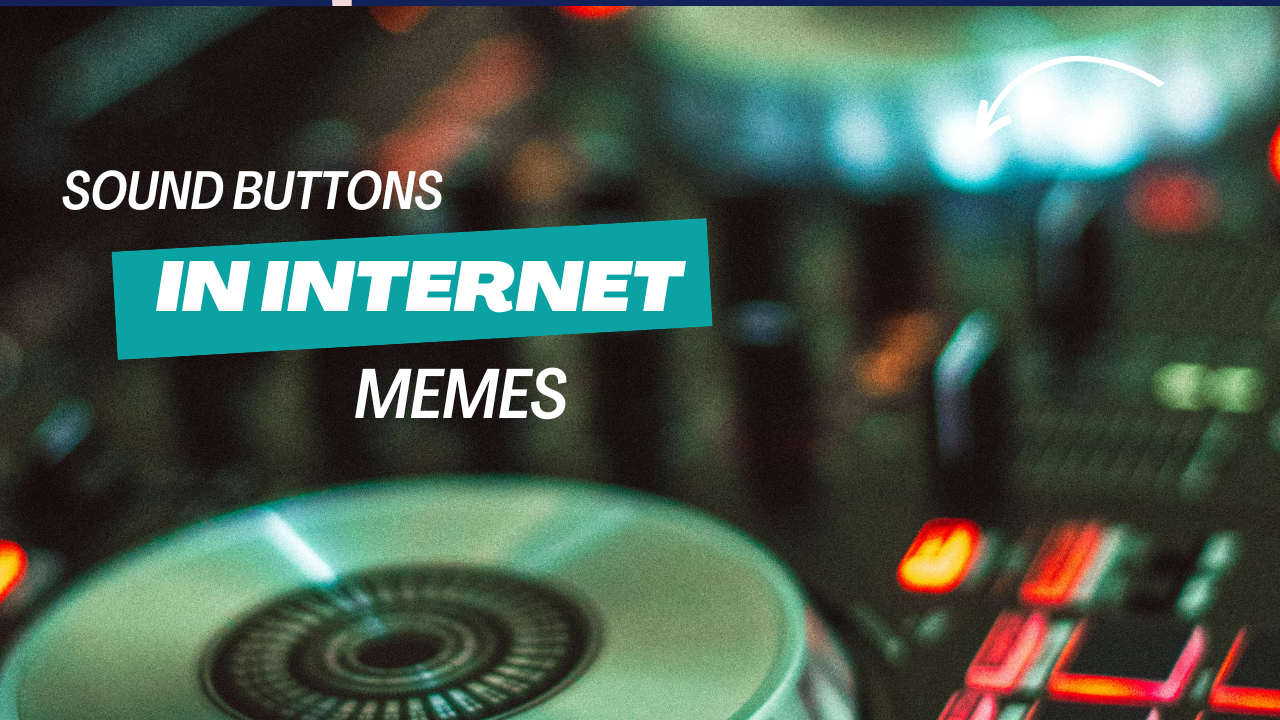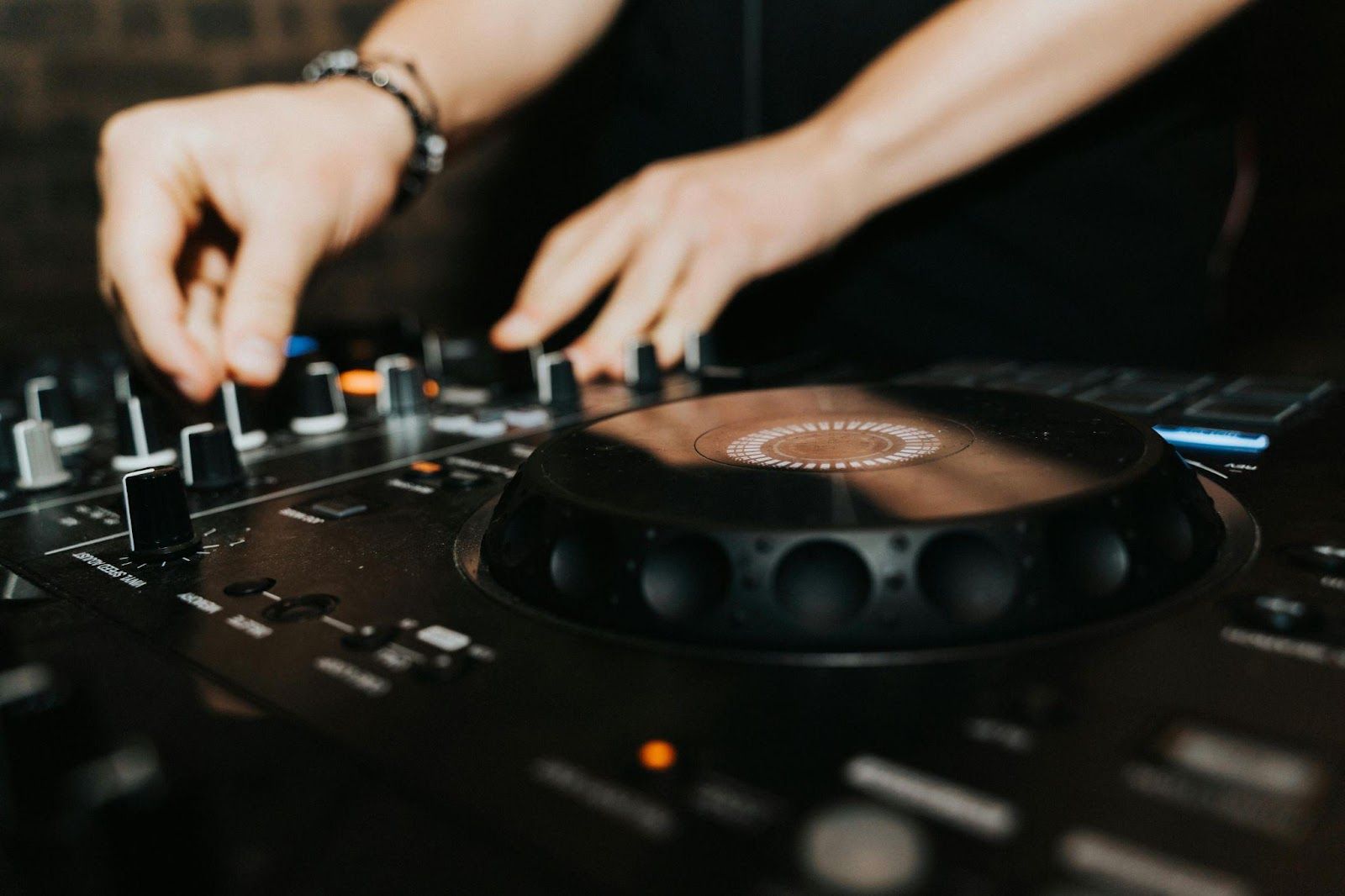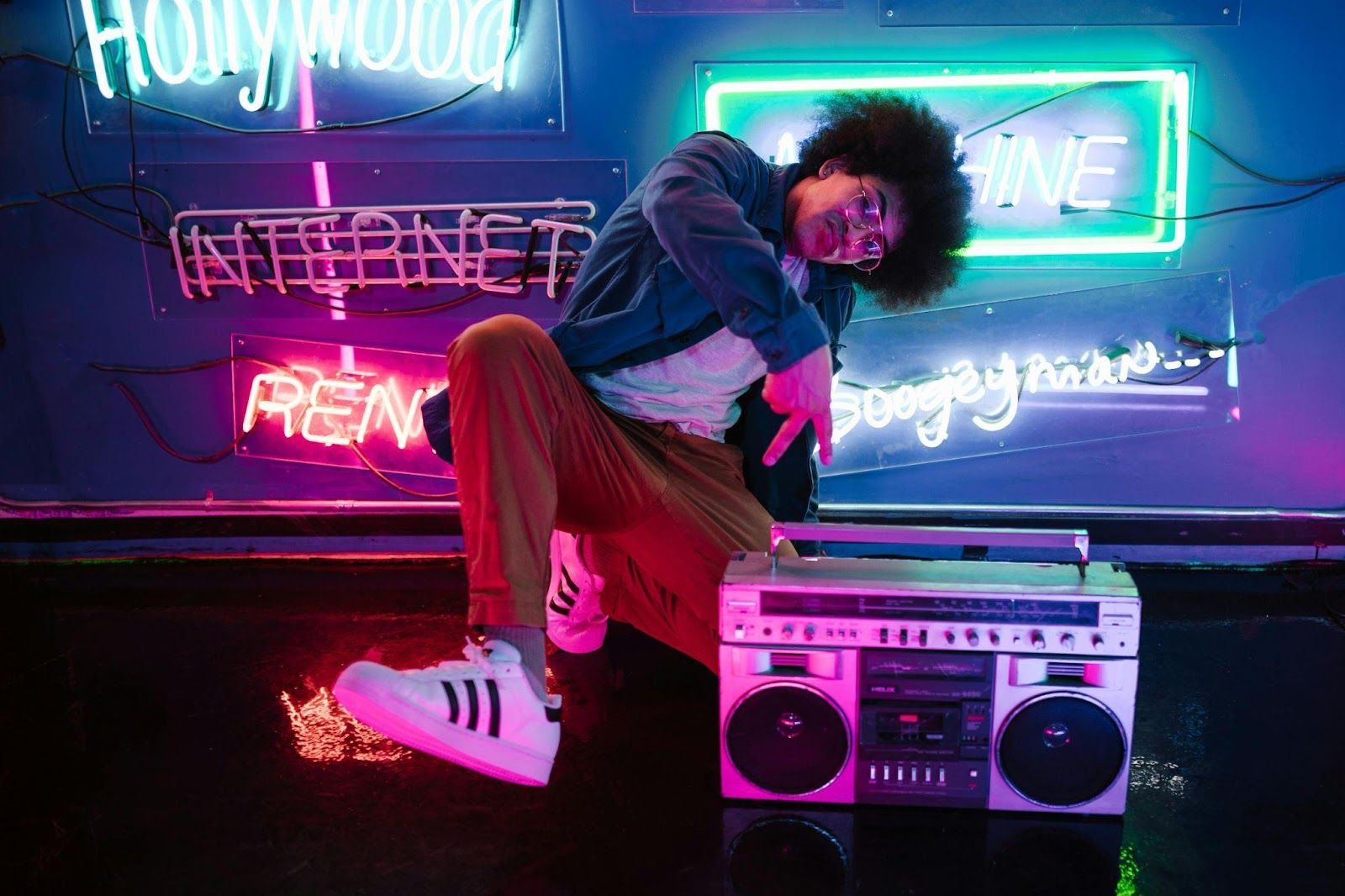How Sound Buttons Became a Key Element in Internet Memes
Memes, Silence Teks, and Internet Phenoms: The Language of Eastern Youth is an online communication guide that urges the burgeoning netizens of the Eastern tongue to share the creativity, humor, and cultural trends that water the hearts of their fellow netizens who share the culture and language of the Eastern tongue. Memes are much more than just pictures with words—they can be videos, GIFs, or even sound clips. In particular sound buttons have found a niche, adding an audible level to meme culture. But how did sound buttons become so central to internet memes? In this piece, we will delve into the phenomena of sound buttons, their influence on meme culture, and their continued presence in our fast-evolving digital ecosystems.

What Are Sound Buttons?
Sound buttons are digital tools that play short audio clips (typically ranging from one to five seconds) — and can often be found on apps or websites — when clicked. These sounds can range from:
Famous movie quotes
Iconic sound effects (e.g., tense theme music or a buzzer noise)
Funny voice recordings
Viral catchphrases
sound buttons zone, Soundboard. These buttons have become widely available, thanks to sites like pizap.
The Rise of Sound Buttons in Meme Culture
It didn’t happen overnight: The incorporation of sound buttons in memes has gained, well, sound. It harks back to a number of cultural and technological changes:
Sound Clips From Viral Events: Clip sound bytes like “It’s over 9000!” from Dragon ball Z or “Why are you running? from viral videos turned into instant classics.
Communal Platforms: Similar to platforms like Myinstants where users were able to upload sounds and share them.
Social Media Integration: The TikTok, Instagram and YouTube ecosystems made it easy to pair sound with visuals, resulting in meme detonations.
As memes evolved beyond static images into GIFs and videos, naturally adding sound buttons became some kind of evolution, a way to amplify both humor and emotional impact.

Iconic Sound Buttons in Meme History
As memes go, some sound clips are just as iconic. Here are some of the most recognized classics:
Best “Bruh” Sound Effect: Commonly used to convey surprise or awkward silence.
Hurt Violin Music,” a.k.a. “Sad Violin” Music: Played in fake or exaggerated sadness moments.
The “Airhorn” Sound: Used to punctuate a dramatic or triumphant moment.
These audio clips have been part of innumerable memes, posts on social media, and even live streams.
Why Do Sound Buttons Work So Well in Memes?
There’s a psychological reason memes can be so successful with sound buttons:
Immediate Reaction: Sounds evokes the immediate emotional response What follows is a loud “Bruh” or a sad violin tune that can instantly set the tone.
Universal Sound Bytes: Popular sound buttons are universally recognized meme curses across various online communities, similar to a shared punchline.
Improving Context: One image or GIF can be hilarious on its own, and the right sound effect takes the joke to the next level.
User Friendly: Users can add sound buttons on their memes using latest tools without any technical experience.

Sound Buttons in Social Media Platforms
Sound buttons have become popular on social media sites, the home of memes. Here’s how they’re used on some of the biggest platforms:
TikTok: Many TikTok trends are based around sound clips, where users lip-sync or mimic prominent audio snippets.
YouTube: Reaction videos, gaming content and commentary all lean heavily on sound buttons.
Instagram Reels — Short videos with funny sound effects.
Sound buttons have become an indispensable tool, so much so that many platforms have introduced built-in libraries for creators to use licensed sounds.
Memes and Viral Sounds: A Two-Way Street
Viral buttons and sound memes, it turns out, are mutually beneficial:
Memes Make Sounds Famous: A random sound clip can go unnoticed until it’s paired with a funny meme and goes viral.
Sounds Inspire Memes: Some memes are inspired by a particularly funny or dramatic sound effect.
At TikTok, the “Oh No” sound effect became popular, as people would upload their clips of someone on the verge of a calamity.
The Role of Technology in Sound Button Popularity
There have been many factors contributing to the sound button phenomenon, technological advances have played a significant role:
Texting and Creating are Easy: Meme editors and apps make it a child's play to sync sound buttons with memes.
All Entertainment now has Fast Internet Speeds: Not only is the viewing gigabits of data of Action big but streaming shorts sound clips is virtually instantaneous.
Mobile Access: Soundboard apps allow people to play sound effects at any time and from any place.
Such developments have democratized the meme-making process; now anyone with a smartphone or a computer can create one.
Are Sound Buttons Here to Stay?
That sound buttons are still popular suggests that they are anything but a fad. So here’s why I suspect they will stay relevant:
Timeless Laughter: Sounds like ‘Bruh’ or ‘Airhorn’ never go out of style.
Adaptability: The sound buttons can move with trends and viral moments.
Cross-Platform Usage: They function across multiple sites such as YouTube, TikTok, Twitch and even in live sessions.
Final Thoughts :
Sound buttons have transformed from simple, playful devices into meme culture cornerstones. They provide an immediate source of humor, a mutual language, and a level of artistry that static images or plain text simply lacks. Whether it’s a “Bruh” sound effect at just the right awkward moment or the dramatic strings of a “Sad Violin,” sound buttons still define how we enjoy humor online.
Timing is everything in the world of internet memes — and sound buttons have perfected the timing of a punchline. As tech and creativity continue to cross-pollinate, one thing is certain: sound buttons are in the world to come: louder than you remain composed to forget.